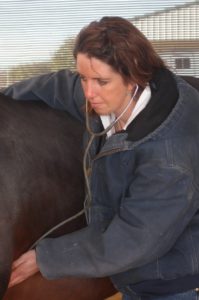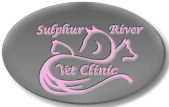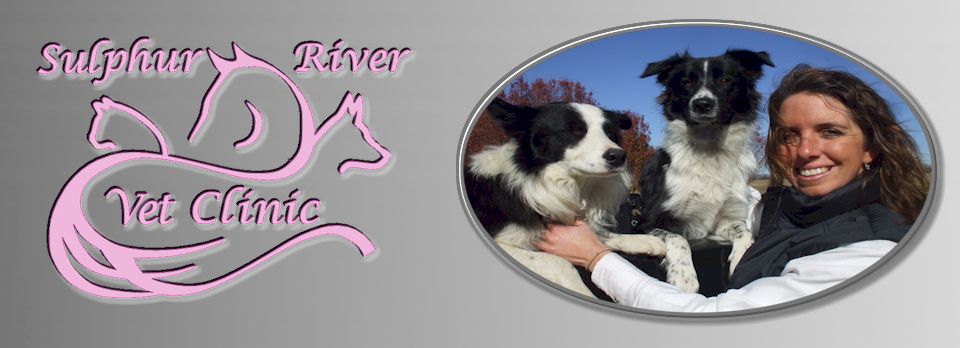
The majority of the worm “problems” are caused by small strongyles. Strongyles are most active in the spring and fall when the temperatures are ambient and there is plentiful moisture. Horses ingest the microscopic larvae when eating grass. The larvae quickly settle inside the small intestine where they feed, grow, and reproduce. Generally, you do not see the adults in the manure, and the only way to detect these worms is by viewing their eggs (which are passed through the feces) under a microscope. Some common signs of strongyle infection are; poor performance, weight loss, poor haircoat, diarrhea, stiffness, and colic.
Parasite Control Key Concepts
- Parasites (smal strongyles) become resistant to de-wormers if the same chemical is used every time over an extended period of time. Most horses are being de-wormed even if they do not need it. Some are being de-wormed with chemicals that are not working on a given worm population.
- 20% of the herd will carry 80% of the worms
- 20% of the herd has a poor immune response to worms and must be identified and treated separate
- All horses in the herd should have a fecal (microscopic exam of the feces to identify strongyle eggs) done in the spring or fall just before the next scheduled de-worming to evaluate their worm load and identify the 20 percentile.
- A de-worming schedule will then be developed for the herd.
The first step is to get a fecal sample from each horse (if possible) to identify which horses have parasites. For the next step, your veterinarian can choose an appropriate parasite control program appropriate for your property size, stocking rate, and pasture management practices.

